You may or may not be familiar with these Hair Misguided Notions. Regardless of whether you’ve heard of them before, it’s time to stop caring about them. Follow the Blog nice hair Viet Nam to refer to more great articles about hair.
You Need to Stop Believing These 5 Hair Misguided Notions
For individuals with sensitive scalps, one popular belief suggests mixing a little Sweet’N Low with hair color for a gentler experience. Another myth advises rinsing hair with cold water to enhance shine, and some even claim that these techniques have been used in salons for years with excellent results. However, according to Wella Studios Signature Artist Lynette Tatum, not all hair myths hold true.
What is Wella Studios? Wella Studios is a global network of professional hairdressing training centers and creative spaces owned by Wella Professionals, a leading professional haircare brand. The studios are dedicated to providing high-quality education, training, and inspiration for hairdressers and stylists around the world.
As we delve into this group of hair myths, we aim to distinguish between what’s genuinely effective and what’s simply a misconception that has endured over time. By exploring these myths and uncovering the truth, we can better understand how to care for our hair and scalp in the most informed and reliable way.
Hair Misguided Notions 1
Your color will stop scorching and irritation if you add Sweet’N Low
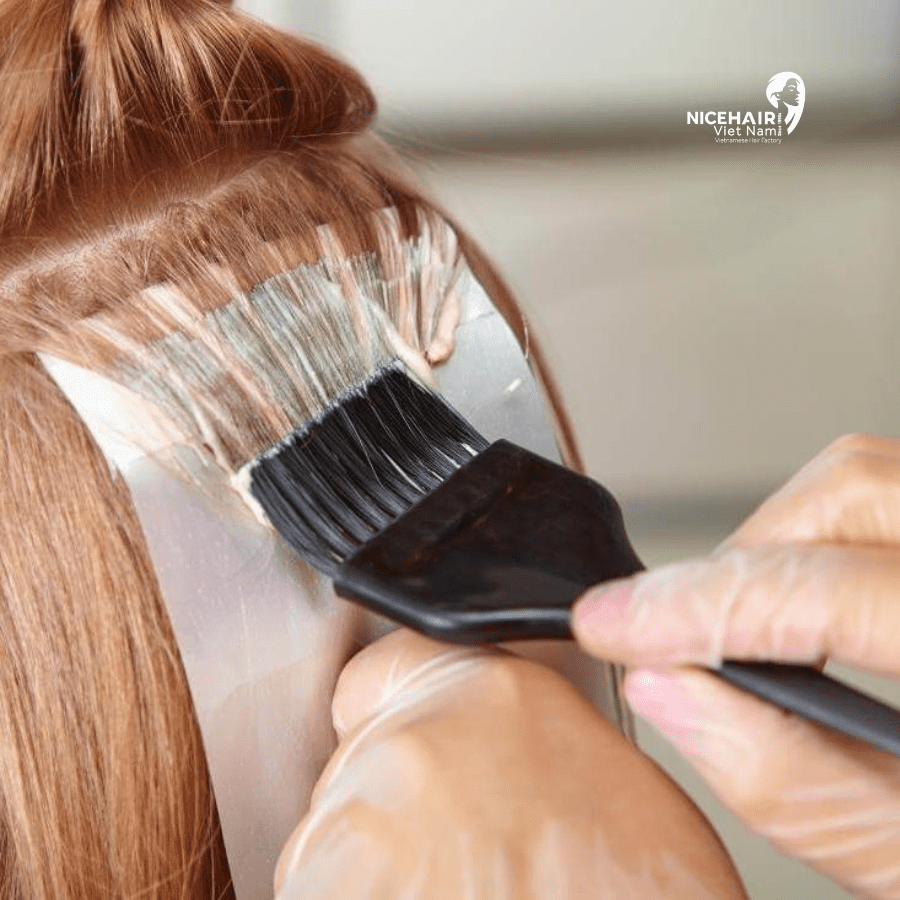
- The belief that adding Sweet’N Low to hair color can prevent scorching and reduce irritation is a common hair myth that has been circulating among customers and colorists alike. Some colorists may even include the sweetener cream of tartar in an attempt to soothe any potential discomfort during the coloring process, either because they were convinced by the myth or to maintain customer satisfaction.
- The idea behind this myth is that Sweet’N Low’s acidic pH can lower the alkaline pH of the hair color, thereby reducing color sensitivity and discomfort. However, research has shown that adding Sweet’N Low does not significantly lower the pH of the hair color. Furthermore, clinical studies have not shown any noticeable reduction in discomfort when using Sweet’N Low during hair coloring.
- As such, it is important to dispel this myth and refrain from using Sweet’N Low or similar substances as a supposed remedy for hair color-related irritation. Instead, customers should be informed of the proper precautions and advised to conduct patch tests before coloring their hair to minimize any potential allergic reactions or discomfort.
- Ultimately, Sweet’N Low is best left for the coffee station and not used as a hair color additive. It is crucial for both colorists and customers to rely on evidence-based practices and professional guidance to ensure a safe and enjoyable hair coloring experience.
Hair Misguided Notions 2
Cold water rinses help to seal the cuticle and increase shine
- The belief that cold water rinses help to seal the hair cuticle and increase shine is a common hair myth that many people have been told repeatedly. However, according to Wella Studios Signature Artist Lynette Tatum, this notion is untrue, and cold water has no effect on the cuticle.
- In reality, the hair cuticle remains open and inflated when the hair is wet, and it only begins to close and seal once the hair is completely dried. Therefore, rinsing with cold water does not play a significant role in sealing the cuticle.
- Despite this debunking, many people may still hesitate to use cold water for rinsing due to the prevalence of the myth. However, there is no need to worry about using cold water for hair rinsing, as it won’t harm your hair.
- As with many hair myths, it is crucial to rely on evidence-based information and expert advice when it comes to hair care practices. While cold water rinses might not seal the cuticle as believed, they can still provide other benefits such as helping to retain moisture and reduce frizz. Ultimately, understanding the facts and dismissing hair myths can lead to more informed and effective hair care routines.
Hair Misguided Notions 3
Over time, hair develops “immune” to a certain shampoo
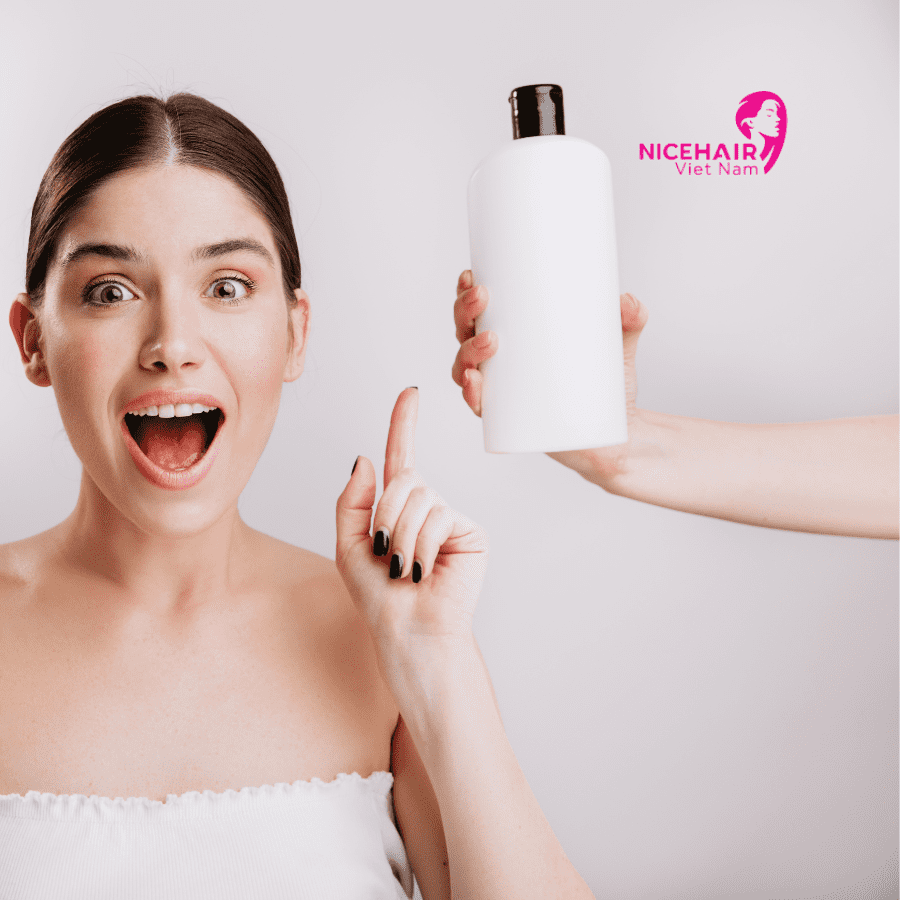
- The belief that hair becomes “immune” to a certain shampoo over time is a common hair myth that stems from a misunderstanding of the hair’s response to products. However, the term “immune” is not accurate in this context.
- In reality, what happens is that hair may seem to stop changing or responding to a particular shampoo after using it for a while. This is because the hair has likely already experienced the full benefits that the shampoo has to offer, such as preservation, volume, or moisture. As a result, the initial noticeable effects may become less pronounced with continued use.
- Haircare experts, like Wella Studios Signature Artist Lynette Tatum, recommend rotating shampoos to avoid this sensation of acclimation. By switching to another shampoo, you introduce new formulations with varying concentrations of conditioning ingredients, silicones, and oils. This change can give your hair a fresh sensation and potentially deliver different benefits or address specific hair concerns.
- However, it’s important to note that hair does not become “immune” to a shampoo in the traditional sense. Instead, the initial impact of the product may diminish over time due to the hair already benefiting from the shampoo’s intended effects.
Incorporating variety into your haircare routine can be beneficial to ensure your hair continues to receive the necessary nutrients and care it needs. Experimenting with different shampoos can help you find the best combination for your hair’s unique needs and maintain healthy, vibrant locks. As with all hair myths, understanding the facts behind them can lead to better haircare practices and more effective results.
Hair Misguided Notions 4
Red color molecules are smaller and fade more quickly
It is a common misconception that red color molecules are smaller and fade more quickly than other hair color molecules. However, all molecules that make up hair color are the same size. The appearance of red colors fading more quickly can be attributed to several factors:
- Oxidative Colorants: The brightness needed for vibrant red colors may not be fully achieved with oxidative colorants commonly used in hair color formulations. As a result, direct dyes are often applied to enhance the red color, which can lead to quicker fading.
- UV Sensitivity: Some red dyes are more sensitive to UV light, causing them to deteriorate faster when exposed to direct sunlight. UV rays can break down the color molecules, leading to a quicker fade.
- Color Perception: Even slight variations in vivid colors, like red, can be more noticeable to our eyes compared to variations in brown or blonde tones. This can give the impression that reds fade more quickly.
To extend the life of red hair color, it’s essential to use color-protecting products specifically designed for maintaining vibrant colors. These products help preserve the color molecules and shield the hair from UV damage. Additionally, minimizing exposure to direct sunlight and using sulfate-free shampoos can also contribute to prolonging the life of red hair color.
While red hair colors may require a little extra care to maintain their vibrancy, with proper attention and suitable products, you can enjoy long-lasting and stunning red tones. Understanding the factors influencing color fading can help you make informed choices for the best haircare routine and preserve your red hair color’s brilliance.
Hair Misguided Notions 5
Products with alcohol in them dry out hair
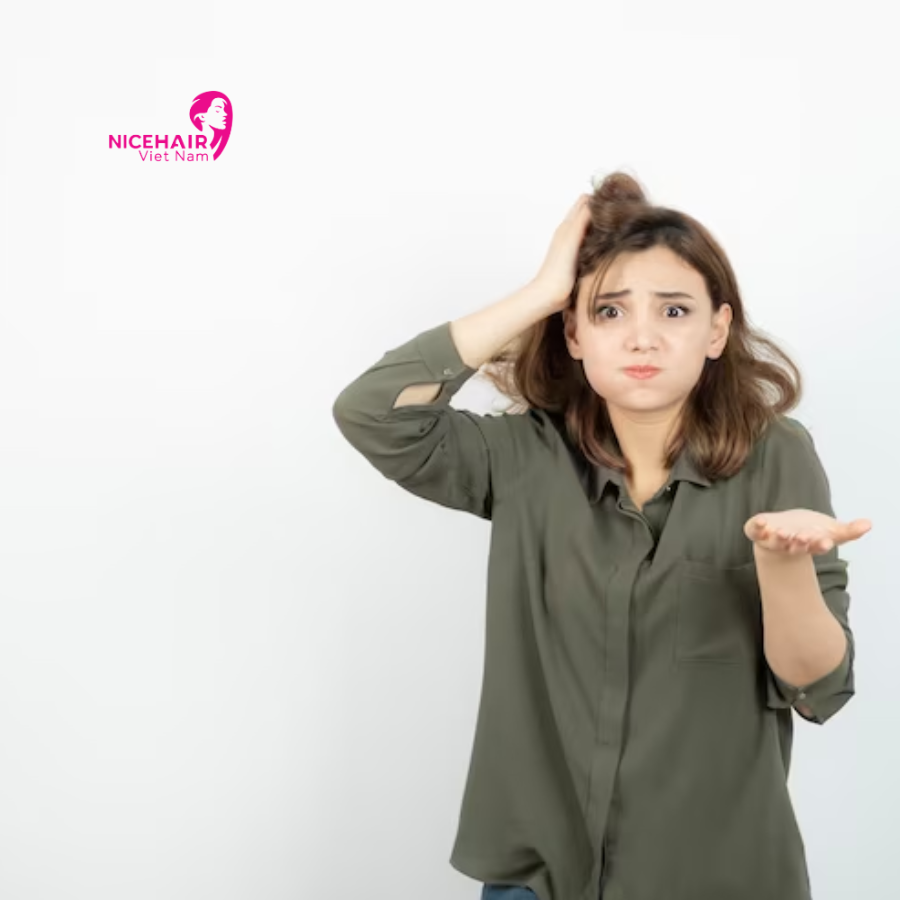
Products with alcohol in them dry out hairlcohol in them dry out hair is partially true, but it requires some clarification. While it is accurate that certain types of alcohols can cause dryness and damage to hair, not all alcohols have the same effect.
When referring to alcohol in hair care products, there are two main types:
- Drying Alcohols: These include ethanol, isopropyl alcohol, and rubbing alcohol, which are often found in some styling products. Drying alcohols can indeed strip the hair of its natural oils and moisture, leading to dryness, frizz, and potential damage.
- Fatty Alcohols: These are beneficial alcohols, such as cetyl, stearyl, cetearyl, and lauryl alcohol. Fatty alcohols are used in hair care products to condition, detangle, and provide slip to the hair. They help retain moisture and can be beneficial for dry or damaged hair.
It is crucial to check the ingredient list on hair care products and be mindful of the type of alcohol they contain. Avoid products that contain drying alcohols if you have dry or damaged hair, as they can exacerbate the condition. Instead, opt for products with fatty alcohols or alcohol-free formulations to nourish and protect your hair.
Understanding the different types of alcohols in hair products and their effects allows you to make informed choices and select products that will be gentle and beneficial for your hair. Always prioritize the use of alcohol-free or alcohol-containing products that offer conditioning and moisturizing benefits to keep your hair healthy and hydrated.
Conclusion
In conclusion, hair myths have been prevalent in the past, leading to misconceptions and confusion about hair care. However, with the availability of more information and knowledge, we are now better equipped to provide proper care and protection for our hair. It’s time to debunk these myths and embrace a more informed and responsible approach to hair care.
Let’s put those hair myths to rest and continue to appreciate and celebrate the beauty of our hair. By understanding the truth behind various hair care practices, we can develop healthier routines that cater to our unique hair needs. Empowered with accurate information, we can nurture our hair with the care and love it deserves, achieving vibrant, lustrous, and healthy locks. Let’s move forward with confidence and enjoy the journey of caring for our beautiful hair.
Contact us
- Website: nicehairvietnam.com
- Whatsapp: (+84) 846009647
- Email: [email protected]
- Factory address: Factory No1, Dong Tho’s Street Zone, Yen Phong Dist., Bac Ninh Province, Vietnam.
- Office: No.25 Tho Thap Ward, Dich Vong Hau Ward, Cau Giay District, Hanoi City, Viet Nam.

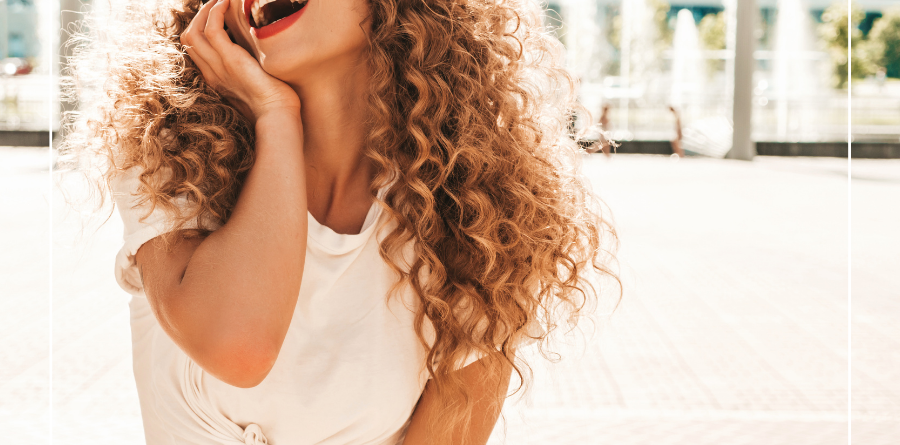

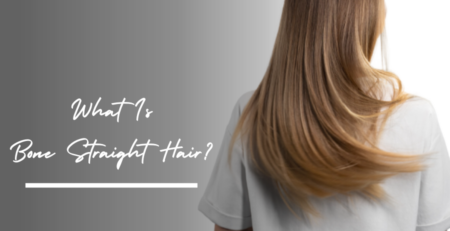
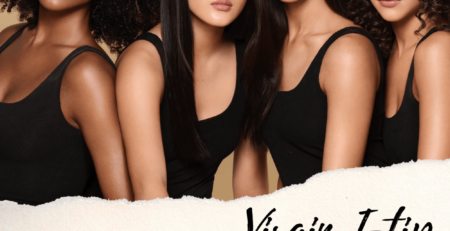
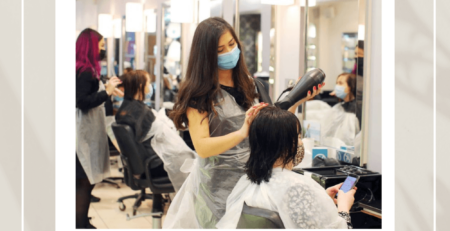
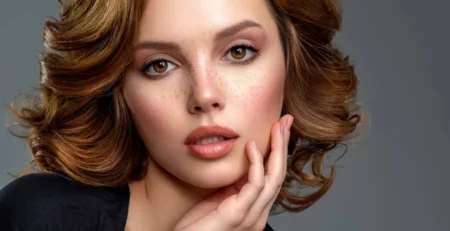
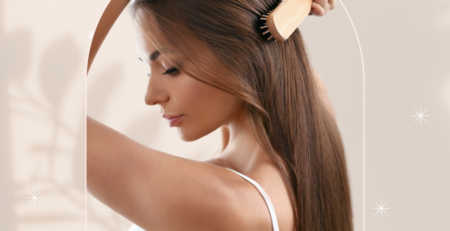
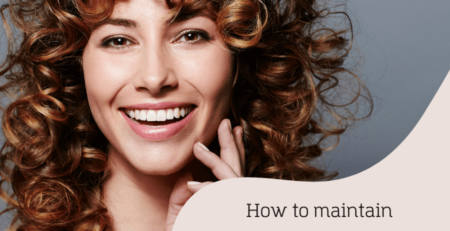
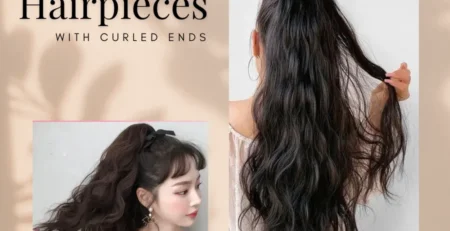
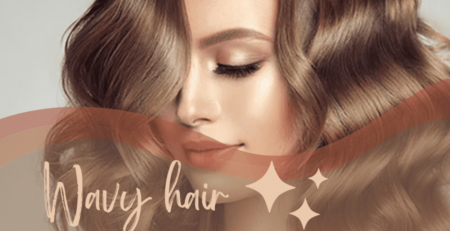
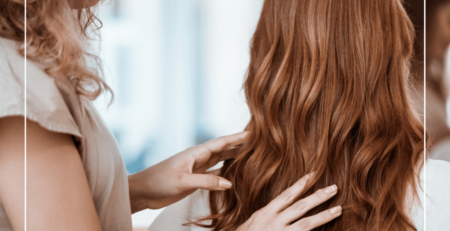
Leave a Reply